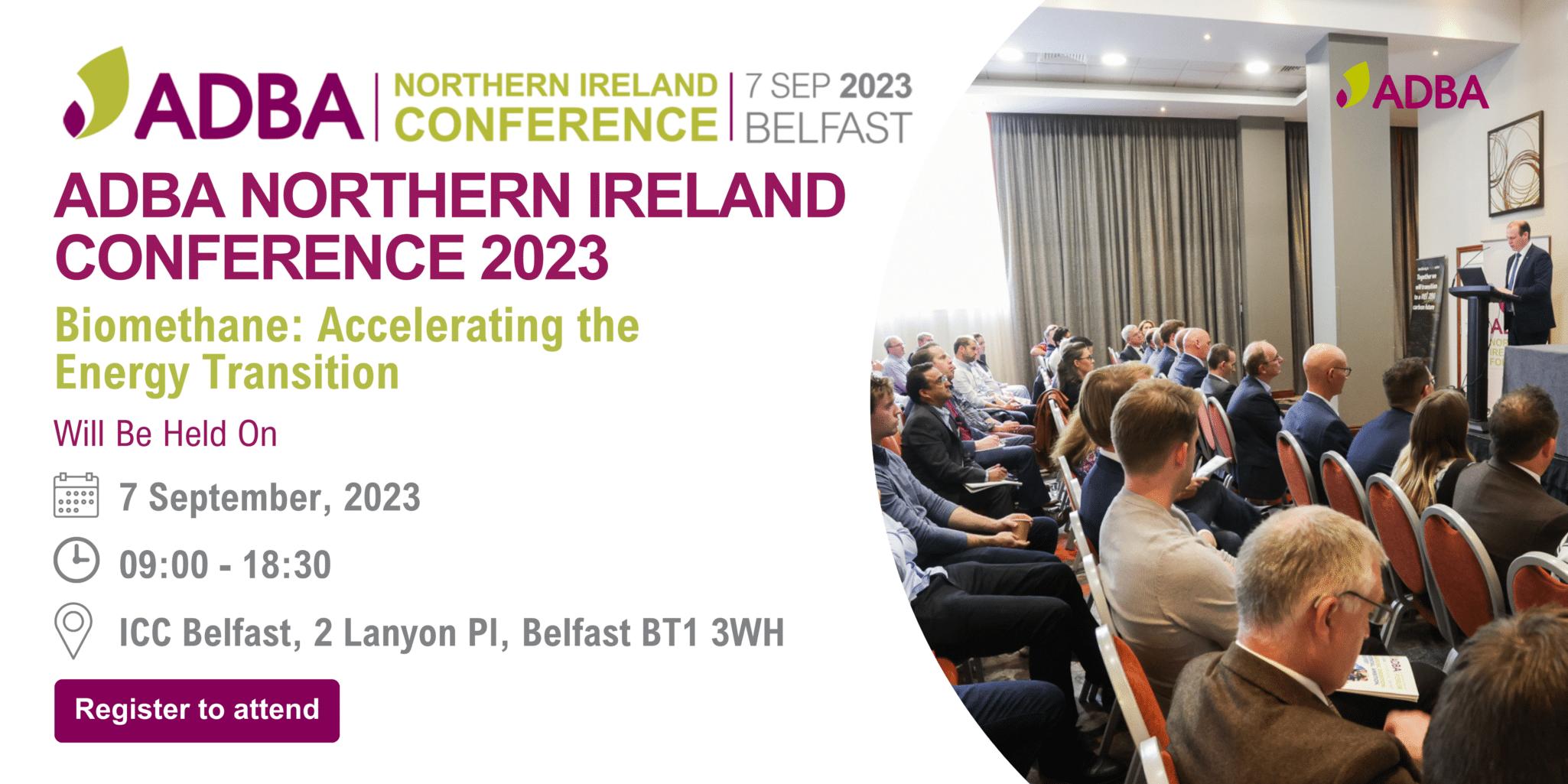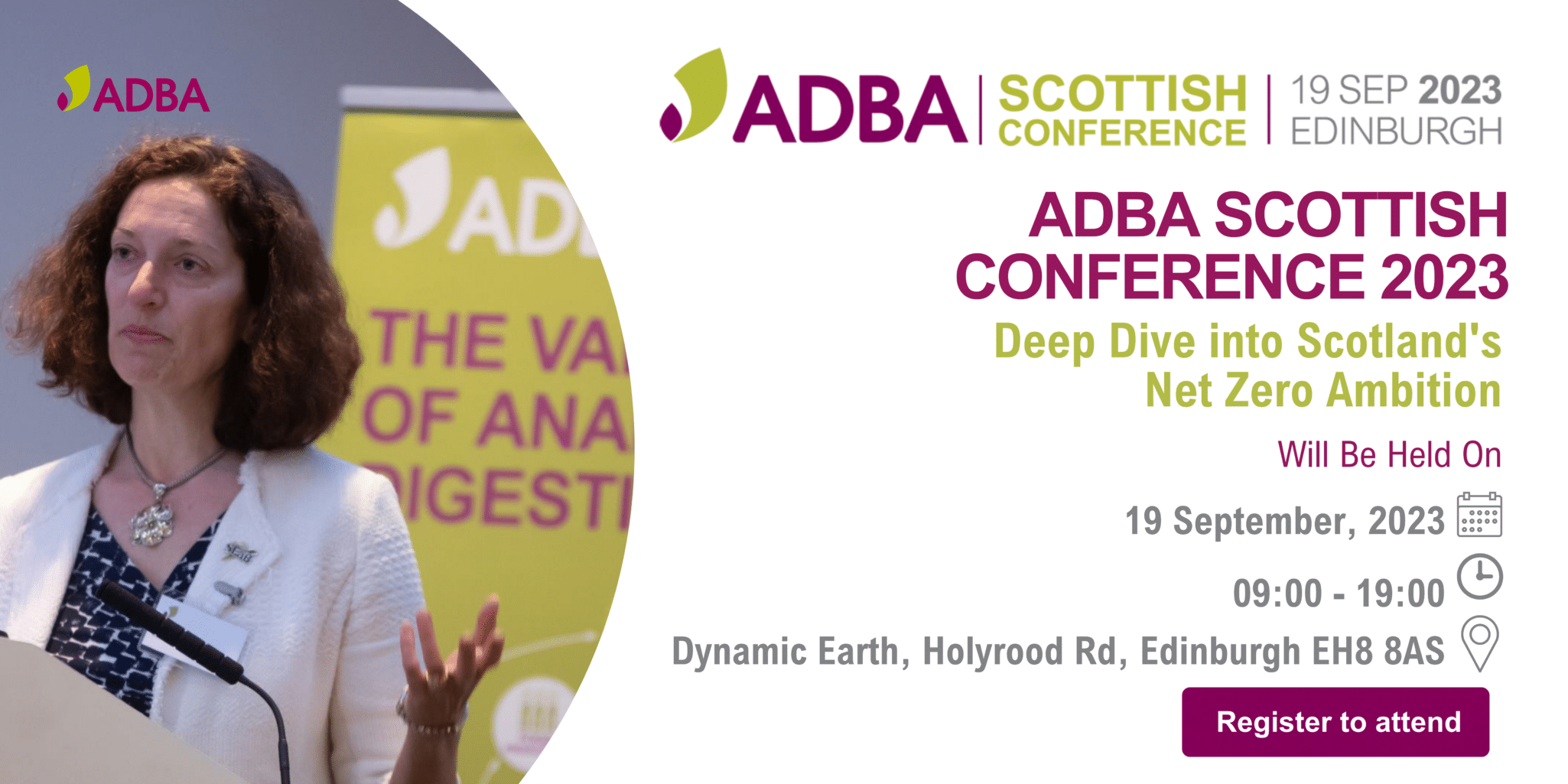The Environment Agency has updated its Resource Frameworks guidance, which will affect digestate management from…
ESO launches its latest Future Energy Scenarios 2023 report
On 10th July, the National Grid Energy System Operator (ESO) launched the Future Energy Scenarios 2023 report; the latest version of the ESO’s FES publications. Our analysts report back from the launch event druing which multiple stakeholders including Energy UK, Public First, and ESO discussed the importance of taking action immediately to mitigate climate change.
This year’s FES continues to set out credible ways that the UK can achieve net zero by 2050, as well as the UK Government’s commitment to a decarbonised electricity system by 2035
Fintan Slye, Executive Director of ESO
The Future Energy Scenarios (FES) outline four different pathways for the future of the energy system by 2050. Each scenario considers how much energy the GB might need and where it could come from, building a picture of the ways in which GB could reach net zero.

Some key facts
- Hydrogen and gas CCUS power generation capacity reaches 12.3 GW by 2035 in the System Transformation scenario
- Removal of BECCS and DACCS from our net zero scenarios leaves residual emissions of 18-49 MtCO2e annually in 2050
- Residential heat pump installations range from 0.3 million to 1.5 million per year across all scenarios in 2030
- 12-56 TWh of inter-seasonal storage is required across the net zero scenarios in 2050
The FES outlined four potential pathways to form a picture of how Britain might reach net zero.
Consumer Transformation
Under this scenario, the Net zero target achieved by 2050 through measures focused on consumers and increased consumer engagement.
There will be extensive changes made to improve home energy efficiency, while a majority of electricity demand is controlled smartly to offer system flexibility. Consumer changes include utilizing electric heat pumps, low-temperature heating systems, and Electric Vehicles (EV).
System Transformation
Under this scenario, the Net zero target is achieved by 2050, with fewer changes for typical domestic consumers compared to Consumer Transformation. Consumer changes will include using a hydrogen boiler with minimal changes to their heating system and Electric Vehicle or a fuel cell vehicle.
The good news for the AD sector under this scenario is, there will be high demand for hydrogen, primarily produced from natural gas with Carbon Capture, Usage, and Storage (CCUS). Although the scenario focuses on the natural gas to Hydrogen conversion where carbon neutral Blue Hydrogen will be produced, ADBA would highlight the role biomethane would play as an alternative to natural gas in this scenario.
Biomethane and natural gas are chemically identical – both methane gas and both can be converted to hydrogen gas.
Biomethane can provide a renewable source of methane. If organic wastes (e.g. food waste, sewage, farm waste) are digested via AD, carbon-negative biomethane can be produced. In turn, this can be converted to carbon-negative bio-hydrogen.
Carbon capture and storage (CCS) is not necessary to make low-carbon hydrogen. However, by integrating CCS into the process, bio-hydrogen production can actively reverse emissions – removing atmospheric carbon from the biosphere.
Leading the Way
As the best-possible scenario, ‘Leading the way’ will allow the Net zero targets to be achieved by 2046 through rapid decarbonization and high investment in leading technologies.
Under this scenario, consumers will actively participate in reducing and managing their energy consumption. In addition, the focus on energy efficiency improvements with measures like triple glazing and external wall insulation in retrofitted homes will be prominent.
Moreover, we can see Hydrogen utilized for decarbonizing challenging sectors, primarily produced through renewable-powered electrolysis for some industrial processes. AD is one of the renewable technologies can produce carbon-negative bio-hydrogen under this scenario.
This bio-hydrogen would actively remove carbon from the atmosphere, while also avoiding emissions from the mismanagement of wastes and from the use of fossil energy. This bio-hydrogen would be completely renewable, dependent only on the collection of unavoidable organic wastes.
Falling Short
This is the no-so-good scenario where the Net zero target is not met by 2050 and the decarbonization progress is slower compared to other scenarios.
Under this scenario, the home insulation improves, but there will still be a heavy reliance on natural gas, especially for domestic heating. On the side of transportation, electric Vehicle adoption will grow slowly, replacing petrol and diesel vehicles for domestic use. Decarbonization of other vehicles, particularly Heavy Goods Vehicles (HGVs), is also slower with continued reliance on diesel. In this aspect, using biomethane for HGVs can significantly help decarbonise the transport sector, avoiding the ‘Falling short’ scenario.
To meet one of these successful pathways, ESO produced four key messages
Policy and Delivery
One of the key recommendations under this message is that the government must implement measures to address investment uncertainty and ensure the UK achieves the targets for a net-zero energy system on time.
Echoing this key message from the report, the ESO also highlighted the importance of addressing the energy trilemma of cost-security-environment, in the UK’s pathway to net zero. An affordable and secure energy system is a key pillar in the net zero economy and the recent global events, such as high energy prices and supply security concerns, have highlighted the need for action immediately.
Key recommendations from the report under this message are;

Consumer and Digitalisation
Consumer engagement is vital for the transition to a sustainable and secure energy system while reducing energy costs. Removing barriers to consumer participation allows them to actively contribute to achieving the net zero goal. By engaging consumers, the energy system can benefit from their input, ideas, and behaviors, leading to more effective outcomes.
Markets and Flexibility
Improved market signals and new distributed flexibility solutions are essential for managing a secure and cost-effective net-zero energy system.
Effective market signals can help incentivize and optimize flexibility in the system while distributed flexibility solutions, such as demand response and decentralized energy generation, play a crucial role in achieving net zero goals.
Infrastructure and the whole energy system
To achieve cost-effective net zero technology and infrastructure, it is important to consider the benefits for the entire energy system. This requires strategic coordination and thinking across all sectors. By taking a holistic approach, we can meet decarbonization targets while avoiding overwhelming network constraints and potential curtailment of resources.
In brief
The net-zero scenarios in the FES 2023 demonstrate the possibility of achieving net zero before 2050. However, uncertainties remain regarding the delivery of key net-zero technologies by 2050. It is crucial to address these uncertainties in the short term.
In the Leading the Way scenario, net zero is achieved by 2046 with annual net emissions of -34 MtCO2e by 2050, effectively removing greenhouse gas emissions from the atmosphere. Both the Consumer Transformation and System Transformation scenarios reach net zero by 2050. However, the Falling Short scenario fails to reach net zero by 2050, resulting in 179 Mt of residual emissions.
Leading the Way and Consumer Transformation achieve net zero power sector emissions in 2034, a year ahead of the 2035 target. System Transformation reaches net zero power sector emissions by 2035 while Falling Short achieves this in 2046.
To assess current progress towards net zero, ESO emphasises that it is important to consider both short-term decisions and long-term potential, taking into account different sectors and fuels. This provides additional insight into the actions required to achieve net zero.



